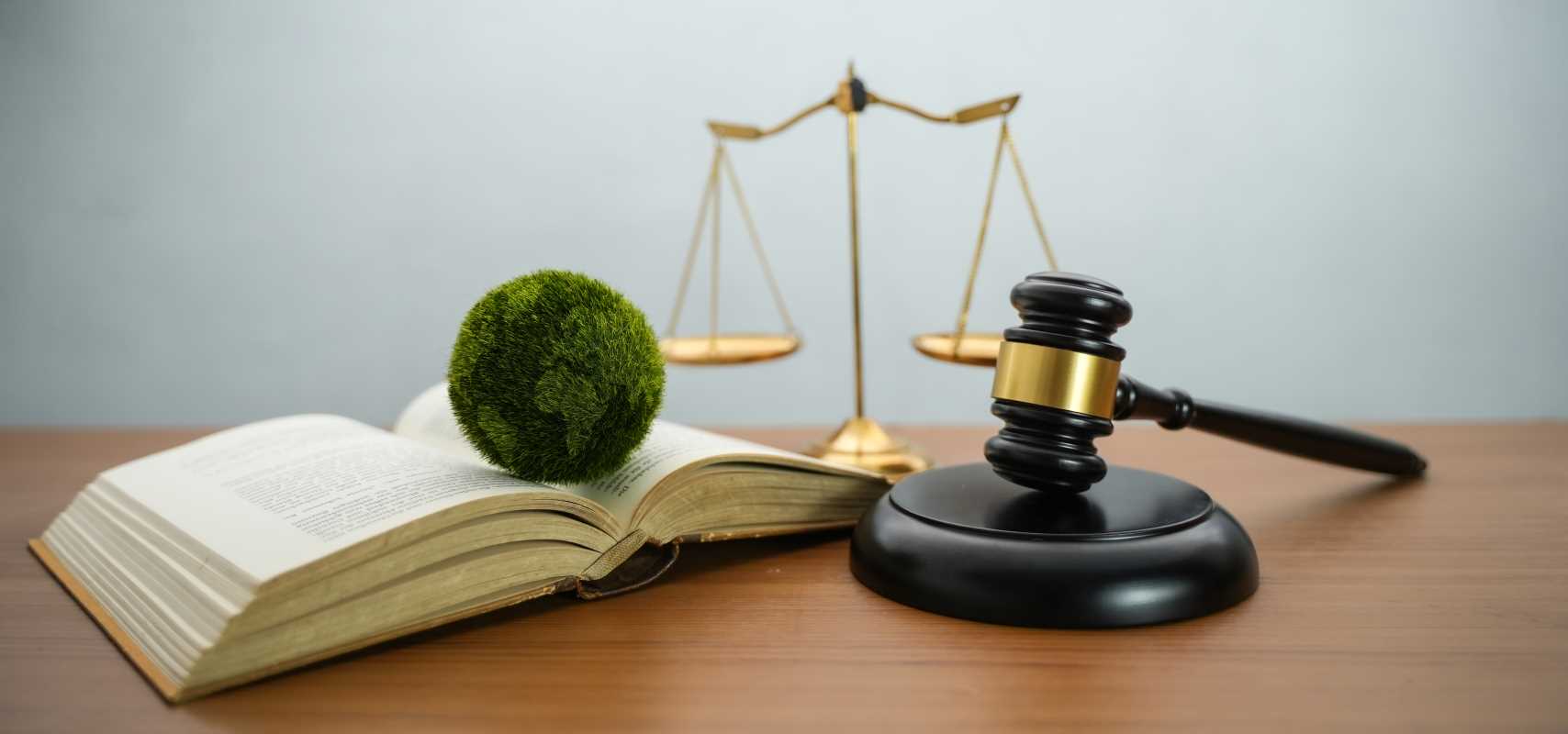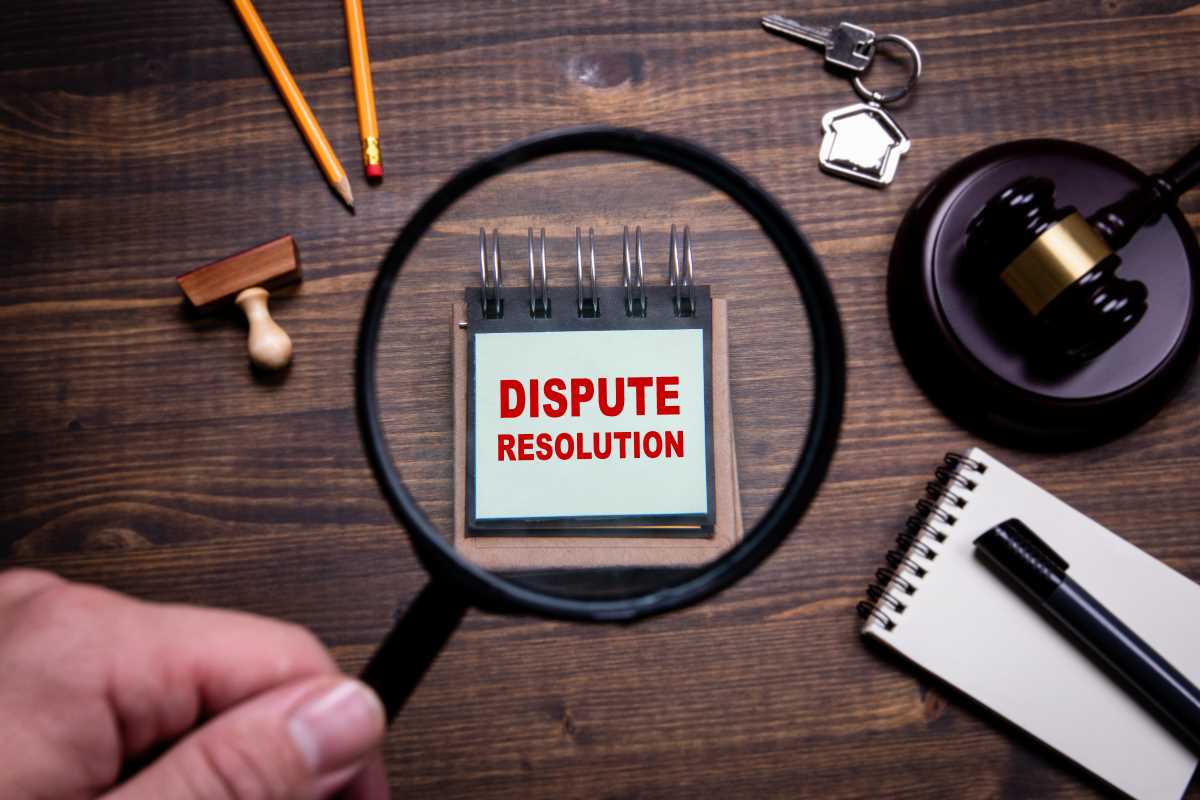For artists, passion fuels creativity, driving the creation of compelling works that resonate with audiences. However, this fervor must be balanced with protection to ensure that their artistic expressions remain secure and respected. Legal guidance serves as a vital tool in safeguarding an artist’s creations, enabling them to focus on their craft without the constant worry of potential infringements or disputes.
Understanding the legal landscape is not merely an option but a necessity for artists who wish to thrive in a competitive environment. By bridging the gap between their artistic aspirations and the protective measures required, artists can achieve both innovation and security in their professional journeys.
Understanding Legal Challenges for Artists
Artists face a myriad of legal challenges that can significantly impact their careers and creative freedoms. Navigating these hurdles requires a clear understanding of the potential pitfalls and the strategies to mitigate them. The following are common legal issues that artists often encounter:
- Intellectual Property Infringement: Unauthorized use or reproduction of an artist’s work can lead to significant financial and reputational damage.
- Contractual Disputes: Misunderstandings or disagreements over contract terms with galleries, clients, or collaborators can disrupt professional relationships.
- Copyright Violations: The unauthorized distribution or modification of copyrighted material undermines the artist’s control over their work.
- Trademark Issues: Protecting brand identity through trademarks is essential for artists who market their work under a unique name or symbol.
- Defamation: Negative statements or false information can harm an artist’s reputation, necessitating legal recourse to address such claims.
The Role of Intellectual Property Rights
Intellectual property rights play a crucial role in protecting an artist’s creative output. These rights grant artists exclusive ownership over their creations, whether they are visual arts, literary works, music, or other forms of artistic expression. By securing intellectual property rights, artists can control how their work is used, reproduced, and distributed, ensuring that they receive appropriate recognition and compensation for their efforts.
Moreover, intellectual property rights foster an environment of innovation and creativity by providing artists with the assurance that their original ideas and creations are legally protected. This legal framework not only empowers artists to monetize their work effectively but also deters unauthorized use, thereby preserving the integrity and value of their artistic contributions in the marketplace.
Essential Contract Elements for Artists
Contracts serve as the foundation of professional relationships between artists and other stakeholders such as galleries, clients, and collaborators. Understanding the essential elements of these contracts is vital for artists to protect their interests and establish clear expectations. The key components that every artist should be aware of include:
- Scope of Work: Clearly defines the services or products the artist is expected to provide, along with specific deliverables and timelines.
- Compensation: Outlines the payment terms, including amounts, payment schedules, and any additional fees or royalties.
- Rights and Ownership: Specifies who retains ownership of the work created and what rights are granted to the other party, such as licensing or distribution rights.
- Termination Clauses: Details the conditions under which the contract can be terminated by either party, including notice periods and any penalties.
- Confidentiality Agreements: Ensures that any sensitive information shared between parties remains confidential and is not disclosed to unauthorized individuals.
- Dispute Resolution: Establishes the processes for resolving any conflicts that may arise, including mediation or arbitration procedures.
- Force Majeure: Addresses unforeseen events that may prevent either party from fulfilling their contractual obligations, such as natural disasters or other emergencies.
Demystifying Copyright Laws
Copyright laws are fundamental in ensuring that artists retain control over their creative works. These laws grant creators exclusive rights to reproduce, distribute, perform, and display their creations, providing a legal framework that protects against unauthorized use. Understanding the nuances of copyright laws is essential for artists to defend their work and to navigate the complexities of the creative industry effectively.
By mastering the intricacies of copyright laws, artists can better safeguard their intellectual property and leverage their rights to maximize their artistic and financial potential. This knowledge empowers artists to make informed decisions about licensing, collaborations, and the commercialization of their work, thereby enhancing their overall professional stature and market presence.
Practical Tips for Legal Protection
To effectively protect their creative endeavors, artists should implement practical measures that reinforce their legal rights and minimize potential risks. The following tips provide actionable steps that artists can take to safeguard their work and maintain their legal standing:
- Register Your Works: Officially registering your creations with relevant copyright offices enhances legal protection and provides a stronger basis for enforcement.
- Use Contracts Wisely: Always have written agreements in place when collaborating with others, detailing the terms of engagement to prevent misunderstandings.
- Monitor Your Work: Regularly check for unauthorized use or distribution of your creations online and take prompt action if infringements are detected.
- Secure Digital Files: Protect digital copies of your work through encryption and secure storage solutions to prevent theft or loss.
- Seek Legal Counsel: Consult with legal professionals who specialize in intellectual property to navigate complex legal landscapes and ensure comprehensive protection.
- Educate Yourself: Stay informed about the latest developments in copyright and contract law to adapt your protective strategies accordingly.
- Obtain Insurance: Consider acquiring insurance policies that cover intellectual property disputes and other legal challenges specific to the arts industry.
Understanding and addressing the legal aspects of an artistic career is essential for long-term success and security. Artists are encouraged to proactively seek legal knowledge and resources to effectively bridge their passion with the necessary protection.
 (Image via
(Image via





